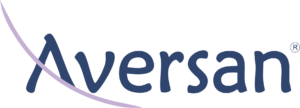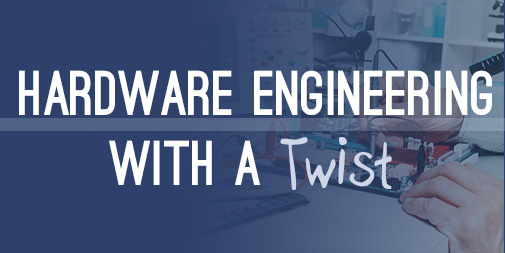Most Engineers spend their days executing a rigidly defined task as per project requirements. However, here at Aversan, not only do Engineers such as myself get to work on a multitude of interesting projects, but also get the chance to take on new roles in order to work with other departments.
My Favourite Role
 With this post, I would like to provide insight into one of my occasional roles, assisting the Business Development team with creating technical hardware engineering responses to various Request for Proposals (RFPs). This is one of the most interesting roles I undertake in the office and personally, one of my favourite, primarily because it exposes me to an incredibly large variety of projects.
With this post, I would like to provide insight into one of my occasional roles, assisting the Business Development team with creating technical hardware engineering responses to various Request for Proposals (RFPs). This is one of the most interesting roles I undertake in the office and personally, one of my favourite, primarily because it exposes me to an incredibly large variety of projects.
When writing the technical response to a project, all aspects need to be considered to ensure that we are meeting all of the requirements of the prospective customer. As such, multiple representatives from the various engineering disciplines at Aversan collaborate to craft a response for each RFP.
What It’s All About
The most straightforward portion of assembling a technical response is determining the hardware components to be used. For a systems testing application, this might include determining the contents of a test rack, sufficient to verify all I/O in the system. For a custom circuit board, a block diagram of the major system functionality is needed, and at the very least identifying all major components to be used on the board (processor, communications, etc.). Once this information has been determined, it’s possible to create a basic pricing estimate for the hardware components.
The Challenge
 Perhaps the most difficult task is determining the number of hours that a particular task will take. When assigned to a project, one of the initial questions I’ll ask is “How much time do I have to complete this task?” However, when you’re the one estimating how long the job will take, the issue becomes much more complex. The project is broken down into individual tasks, with an estimate of how long each task should take.
Perhaps the most difficult task is determining the number of hours that a particular task will take. When assigned to a project, one of the initial questions I’ll ask is “How much time do I have to complete this task?” However, when you’re the one estimating how long the job will take, the issue becomes much more complex. The project is broken down into individual tasks, with an estimate of how long each task should take.
As a very basic example, a circuit board would generally require at least three line items – ‘Schematic’, ‘PCB Layout’, ‘Testing’ along with some hours assigned to a second person for peer review. When estimating hours you must anticipate challenges and account for them in the hours estimate.
What Goes Around Comes Around
The best part of getting involved with the business development side of things is the impact my efforts have on future projects that Aversan works on. Doing a good job on the block diagram or determining hours translates to a solid proposal and increasing the chances of us winning that RFP. Knowing that I played a part in the future of the company and even the future work that I will personally be involved with is certainly rewarding. It’s incredibly satisfying to see the beginning stages of a project we are procuring and knowing exactly what and how our solution will provide for a company who needs our help.

